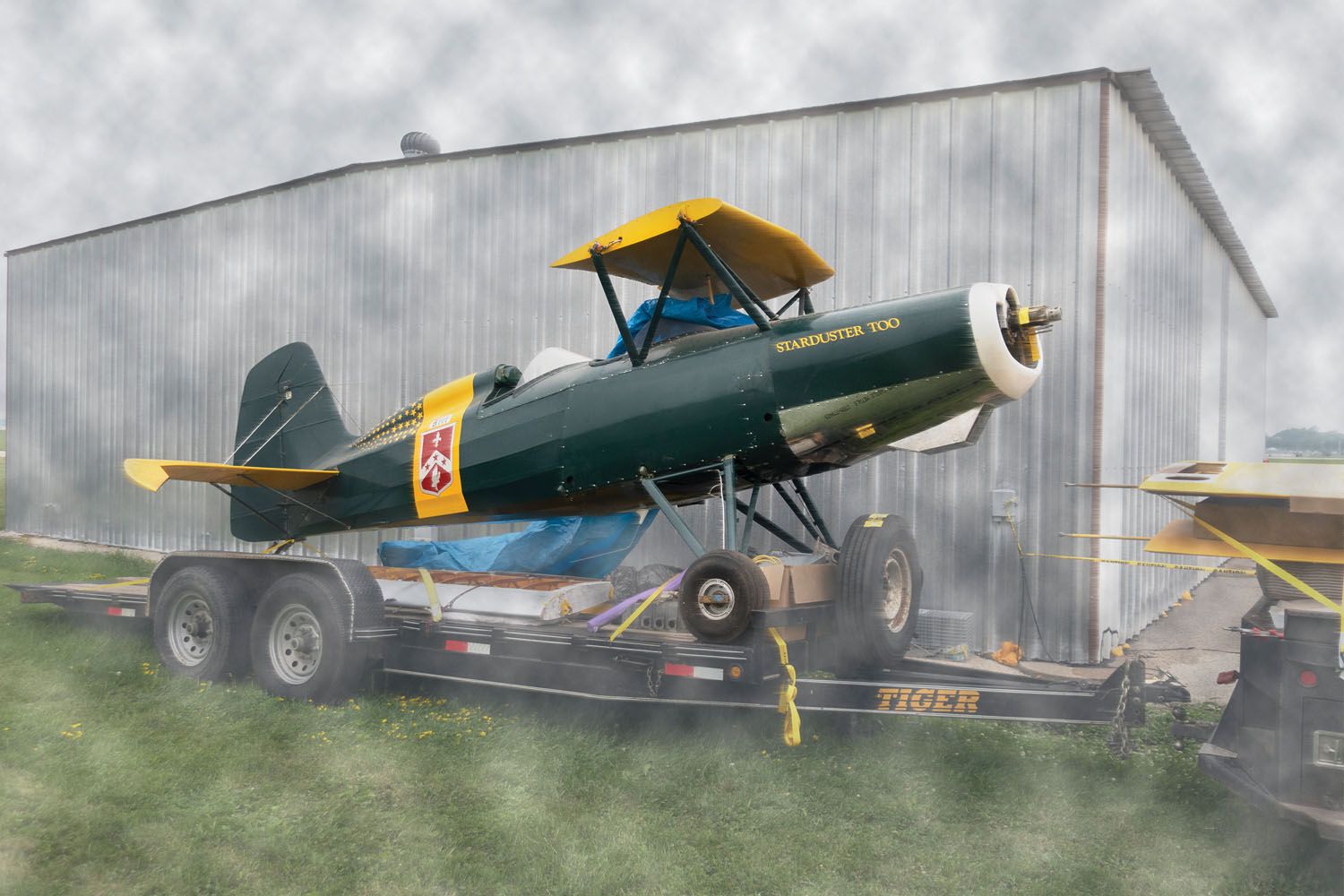
“Grandpa Kerry, where do unwanted airplane projects come from?”
I choked on my ice cream. The grandpa moniker is still as startling to me as the unfiltered questions of inquisitive children. I hid behind a napkin while I crafted my answer as carefully as I built my Sonex. “Weellll…,” I was buying time. “When a man or a woman falls in love—.” I stopped and took a deliberate lick of my ice cream before beginning anew.
“Sometimes, when a person falls in love with avia—.” I was failing.
“Airplane projects are like dreams,” I erupted, surprising even myself. “Sometimes, the dream gets interrupted before it is finished. Does that make sense to you?”
“It does, Grandpa. One time I dreamed I was eating a huuuuuuge pile of potato chips, then a bad man came and tried to take them, but I fought him off with a french fry until he dropped my chips, but then Mommy woke me up and I never got to finish my chips.” He paused for a breath.
“Exactly! It’s exactly like that. Sometimes you wake up before a dream is done. When a dream ends, it’s said, the dream moves on to find someone else to finish it.”
“Is that true, Grandpa Kerry?”
“Well, no one can prove it isn’t true, so we’ll say it is. I know it’s true of most unfinished airplanes. They become someone else’s dream to finish.”
“But why would someone start building an airplane and not finish?”
Inquisitive and innocent.
A Dream Ends
Every unfinished project is someone’s unfinished dream. The reasons someone’s dream ends—and the reasons it was begun—are endless, but can impact the quality of the project you are adopting. They can provide clues to what lies inside the sealed wings and boxes of uninstalled parts. Well-built projects can move on to new dreamers with the seller exhibiting the same care and attention to workmanship at the end as when they began. They gave it their best shot and their best workmanship before realizing they wouldn’t finish. Rather than force their way to completion, they transfer their dream to someone else and look forward to the day “their” airplane flies, though by the hands of another. My second Sonex project ended because I’m a hopeless perfectionist (that’s not a good trait). I can’t shrug my shoulders and say, “Good enough.” But I didn’t want a second airplane project to dominate my life, so I sold it to someone who was thrilled to get a jump start on their scratch-built project.
A homebuilder’s dream may pass to another dreamer after an Alzheimer’s diagnosis forces a family to stop the builder’s use of power tools. It may pass in an estate sale, where the seller knows that they have a basement to empty but doesn’t know some airplane parts are in a friend’s hangar. It may end after health concerns spur a hurried completion. (I had a builder tell me his project kept him alive longer than the doctor said he should have lived.)
It’s wrong to assume every homebuilt project is begun with the goal of finishing. Some builders build for the sake of building, knowing from the outset they may not finish. Their prime motivation is to occupy their hands and mind. They’ve got the time and money to pursue their dream, whether they pursue it in a workman-like manner or not. (I’ve participated in new kit sales where the customer’s age or demonstrated skills made taking their money morally questionable. But no one should stand in the way of someone’s dream.) It’s no different from someone taking up oil painting—knowing they’ll never have a gallery exhibit—purely for the enjoyment of the activity.
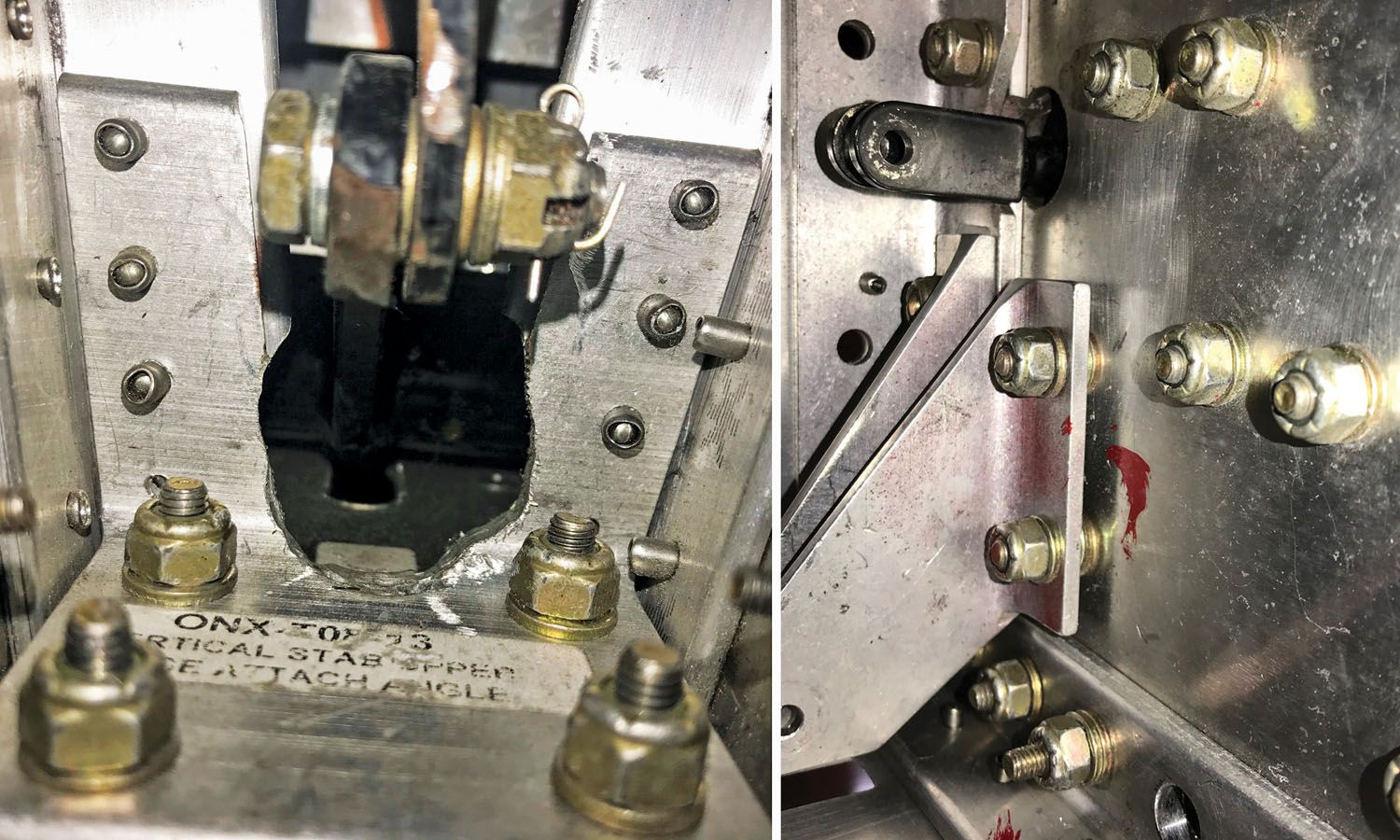
A Nightmare Passes
Fun, recreation and education are the three legs on which homebuilding stands. When one is lost, an entire project can fall. I’ve known builders who were living through a dream-turned-nightmare. Some needed a bit of encouragement to get past a tough patch. Some sold. One cut up his airframe out of spite and sent it to a landfill. I took an extraordinary step once and told a builder that he should sell. He told me his wife told him that as well. He was not taking pleasure from the project and often took his displeasure out on me—and, I imagine, those around him. No one does good work when they are doing something they don’t enjoy. With the exception of the airframe sent to a landfill, the other projects became a dream for someone else to finish, though I often see one person’s nightmare become the next person’s nightmare as they sort through the physical signs of anger and resentment.
I see two primary reasons one person’s nightmare becomes another person’s nightmare; the new owner assumed the seller did everything correctly, or the price was “unbeatable,” and they didn’t inspect what they were buying, perhaps afraid there was a line of buyers ready to swoop in if they hesitated. A subset of people in the second category is those who had no interest in a particular design until one crossed their path for a price they couldn’t pass up. “I didn’t even know what a Sparrow Hawk was until my buddy gave me his.”
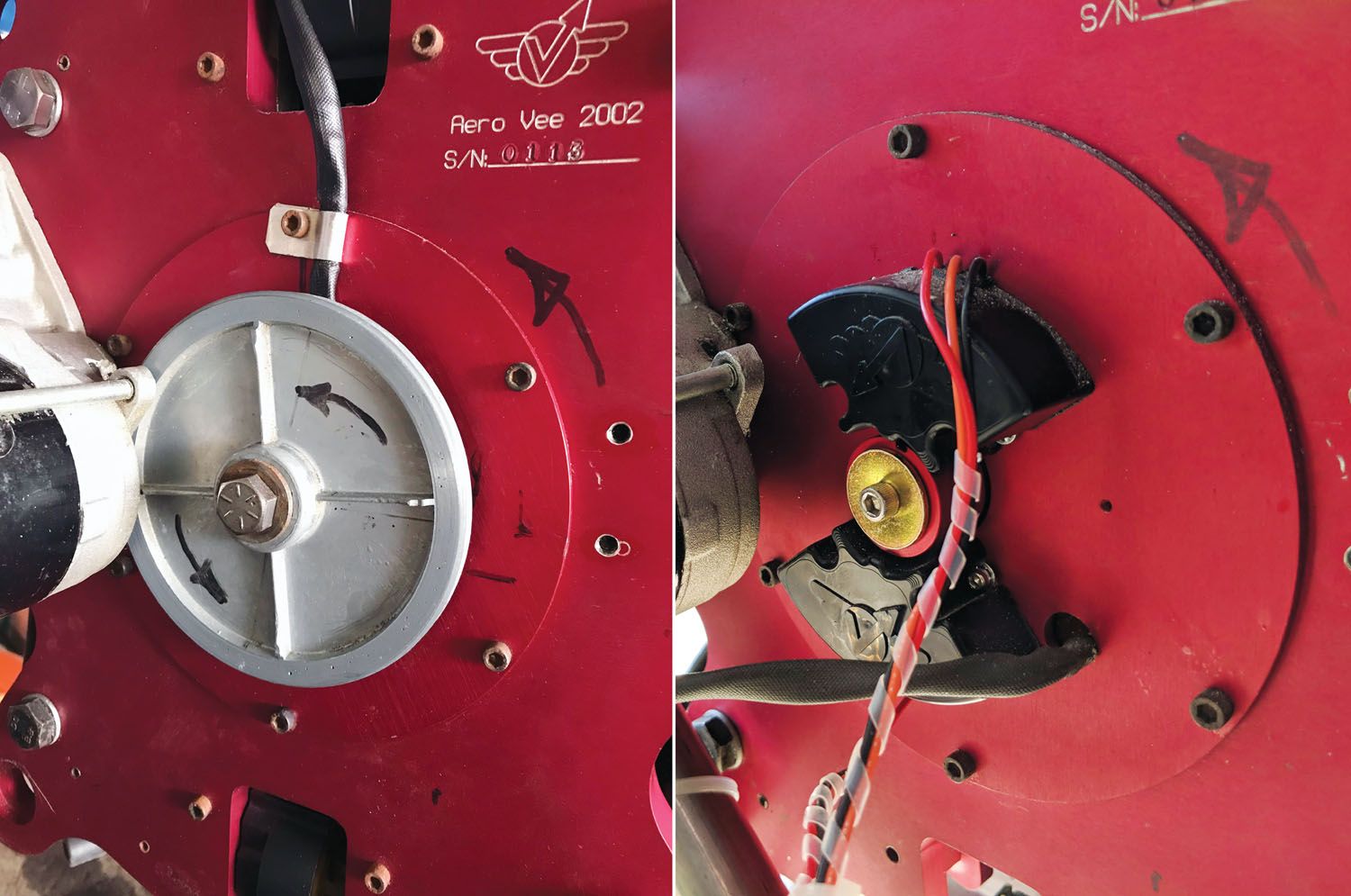
The Dream is Yours
A growing number of builders I support are second-, third- and even fifth-hand owners. Many of their questions are unique from original builders. They may not have researched the design as well as an original owner would. They are unfamiliar with the documentation and the parts the original purchaser received but didn’t pass along. They may be surprised to learn there is no manual, only blueprints, or only a manual and no blueprints. The parts are no longer packaged as original. (I saw a project change hands as an entire airframe kit of parts loaded loosely in a U-Haul trailer.) Parts may be present that aren’t part of the original design. The included engine may not be appropriate to the design. A significant
structural change may have been made. A dangerous hardware substitution may have been made. The possible problems are endless and unknowable until you compare what has been completed to the plans or manual.
What’s more, the kit manufacturer has no idea what you have. They know what they shipped, and they know how it should have been built, but what should be and what is can vary by an order of magnitude. In truth, a second-hand owner begins their dream with a one-of-a-kind project whose status is unknown to themselves and the kit’s manufacturer. They don’t know what they don’t know. It is a project of discovery as much as assembly.
Why a project transfers from one owner to the next ultimately doesn’t matter. When a project changes hands, the new owner is not given the same box of parts the original owner received. The parts are mixed with another’s workmanship, attention to detail, ability to interpret the plans, personal modifications and physical and mental health. You will need to bridge the gap between what is and what should be. Only after that has been accomplished is the dream fully yours.
“Grandpa Kerry, why don’t homebuilt aircraft all turn out the same if they are built from the same kit?”
Inquisitive and innocent.


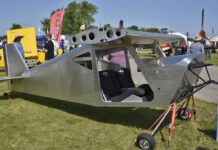
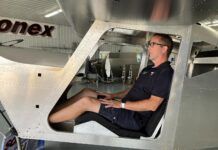










Thanks for a very informative article. You covered many important points.